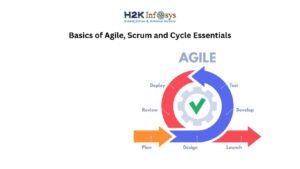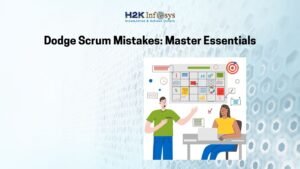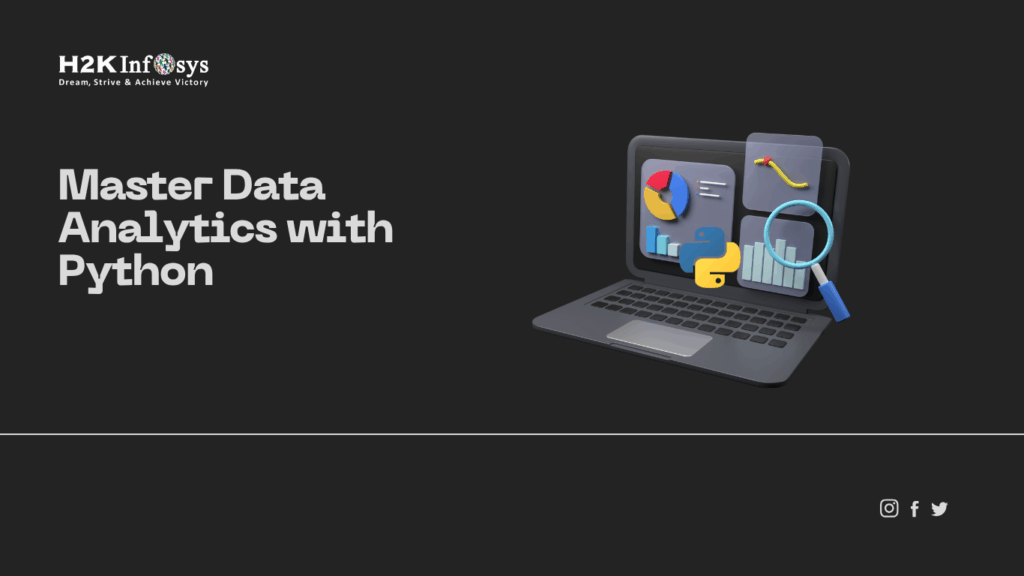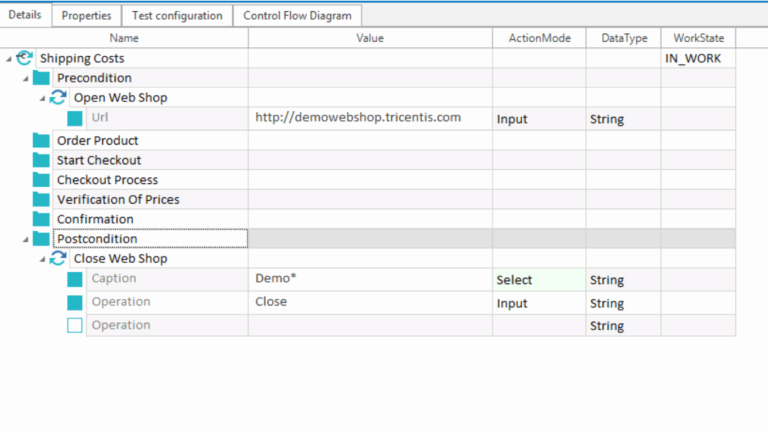The Manifesto for Agile Software Development (often known as the “Agile Manifesto”), published in 2001, is largely responsible for the association of the term “Agile” with software development. Written by a group of software experts, this artifact assisted numerous teams in implementing a novel method of working that arguably transformed the creation and delivery of software programs.
What is not widely recognized is that Toyota Motors was the first company to conceptualise ideals like short feedback loops, optimising workflow, restricting work-in-progress, etc. This Manifesto’s philosophy and values have their roots in manufacturing, which were developed decades ago. This also means that you can practically apply Agile concepts and practices to any type of work you conduct, from recruiting to marketing to business development, Agile practices can accelerate the delivery of nearly any product or service.
You must agree that this seems too wonderful to be true. Let’s examine a few concrete instances of how Agile methodologies might be used in non-software projects. A good Agile certification course online will help you to learn more about Agile and applies to non-software works.
Agile is NOT just for software?!
This misunderstanding has frequently given rise to the idea that in order to “do Agile,” you must “do Scrum,” or use practices that are similar to Scrum. Simply said, this is false. Applying Agile principles and practices without following the rules provided by the Scrum framework is extremely possible. You might be asking yourself why this matters. This is an intriguing way to look at the Agile methodology since it implies that Agile may be a lot easier to implement than you initially thought. Agile techniques can be used without having to practise every single Scrum event.
How to use Agile methods if you’re not developing software
The following are some procedures (and queries) to think about when working on a non-software/non-technical project:
1.Start with what you do now.
You don’t have to stop doing everything you’re doing right now in order to “do Agile.” Even though you want to improve what you do currently, it is entirely possible (and likely) that many of the procedures and/or technologies you are using today are valuable and quite effective. Many of the existing tools and procedures can be kept in place without any problems. Discovering what should be changed is the trick.
2.Think about your personal pain points.
What keeps your team or you up at night? Where are the shortcomings? What is the most common complaint from your clients? If you look a little further and spend some time considering each of these questions, you could learn something intriguing. You can probably use these recurring problems as a fantastic place to start when implementing Agile techniques. Long feedback cycles, a lack of insight into the status of tasks and/or projects, quality problems, scope/requirements creep, etc. are a few examples.
3.What tasks are you capable of finishing quickly?
How can you divide up the job your team is doing after taking a look at it? It could take some trial and error, but if you can break work down into simpler units, you might be able to deliver a workable solution more rapidly, providing your client an earlier look and the chance to offer input.
4.How often does your team reflect on how they collaborate?
When was the last time they considered how to make their tools and/or procedures better? Since the agile method of working is fundamentally iterative, there should be regular checkpoints when the team can evaluate how they are operating and make any necessary improvements. Teams find it challenging to embrace a continuous improvement approach, but if they do, they will reap the rewards after they develop a good routine for assessing their interactions with one another.
5.How much work is your team trying to do at the same time?
Agile discourages multitasking because it detracts from attention and damages consumer confidence when a lot of work is started but very little is completed. One of the fundamental principles of Agile that is sometimes overlooked is limiting your “WIP,” or Work In Progress. Reducing your WIP may seem simple enough, but it can often be challenging for those of us who are used to doing it. To succeed, you’ll need to practice and be persistent.
6.How frequently do you show the client your work?
It’s not always simple to provide visibility and be open about achievements and failures, especially if you have a picky client who expects to get what they want. Close collaboration with the customers is a cornerstone of Agile, which means partnering with them and being open and honest about everything. This is quite a difficult task, but doing it will build trust and confidence over time if you can work with the initial challenges.
Conclusion
As a final point, you might have noticed that I made no technical recommendations in this article that are explicitly connected to an Agile framework. Even though some of these concepts might seem a little hazy and generic, I’m hoping you can find a real-world project to apply some of these strategies to. As you can see, none of these methods were developed with software projects in mind, so you can use them for just about any project you are working on. My last piece of advice is to pick a project that is neither too little nor too unimportant so you can experiment with one or two of these approaches. If you can commit to giving this a try, I guarantee that you will learn something unexpected. Check out the Agile online certification training to learn more.





























